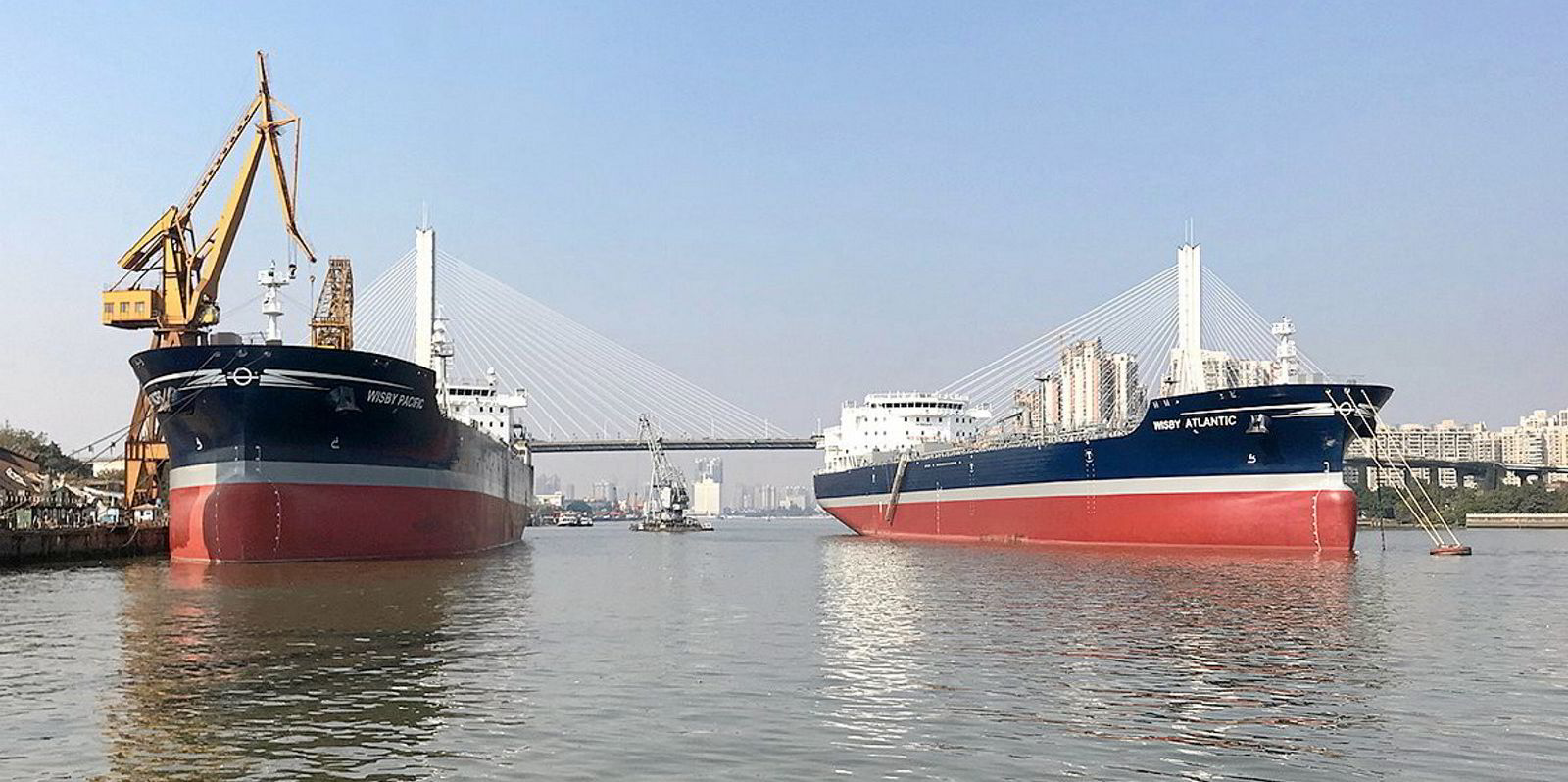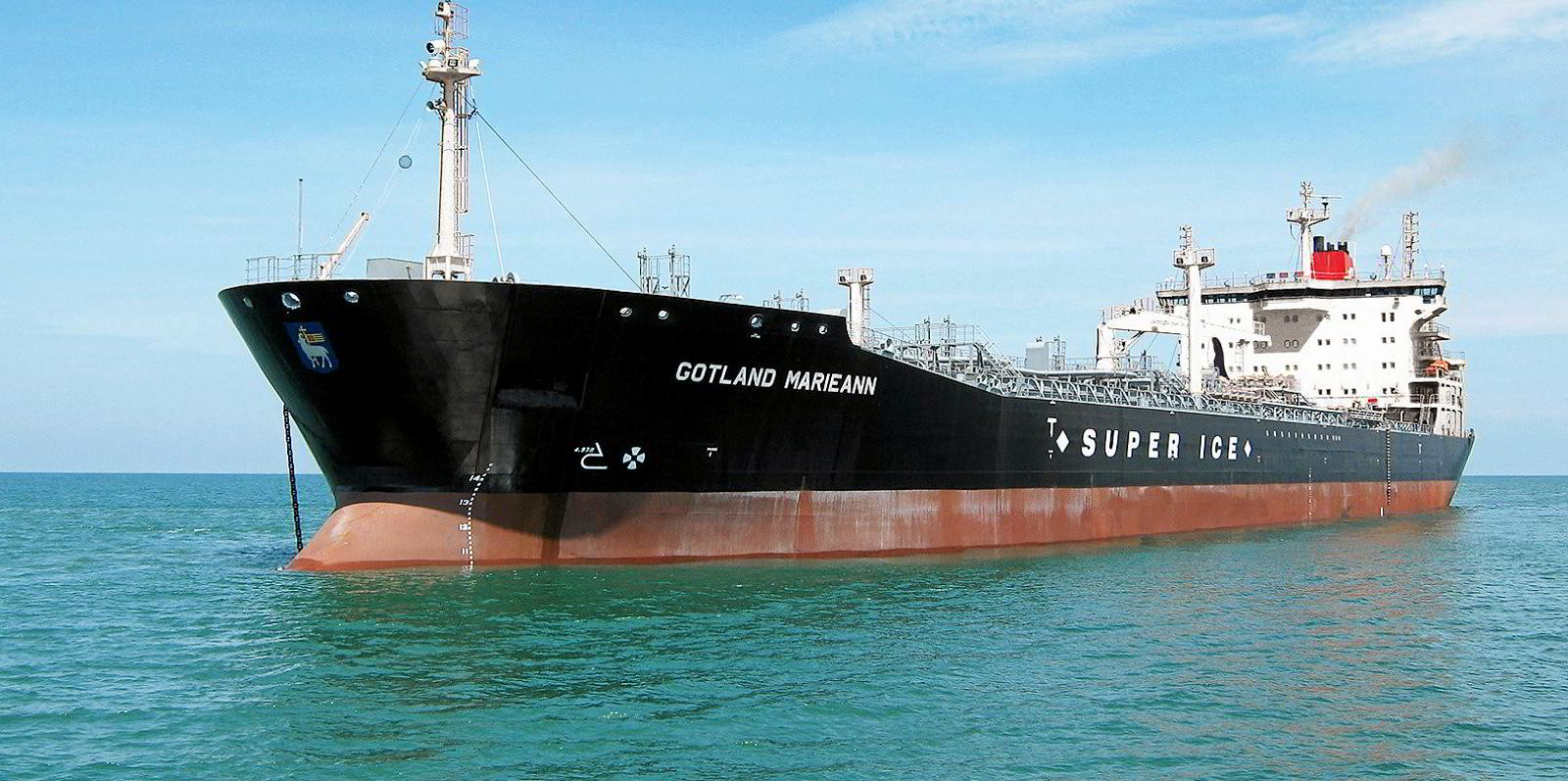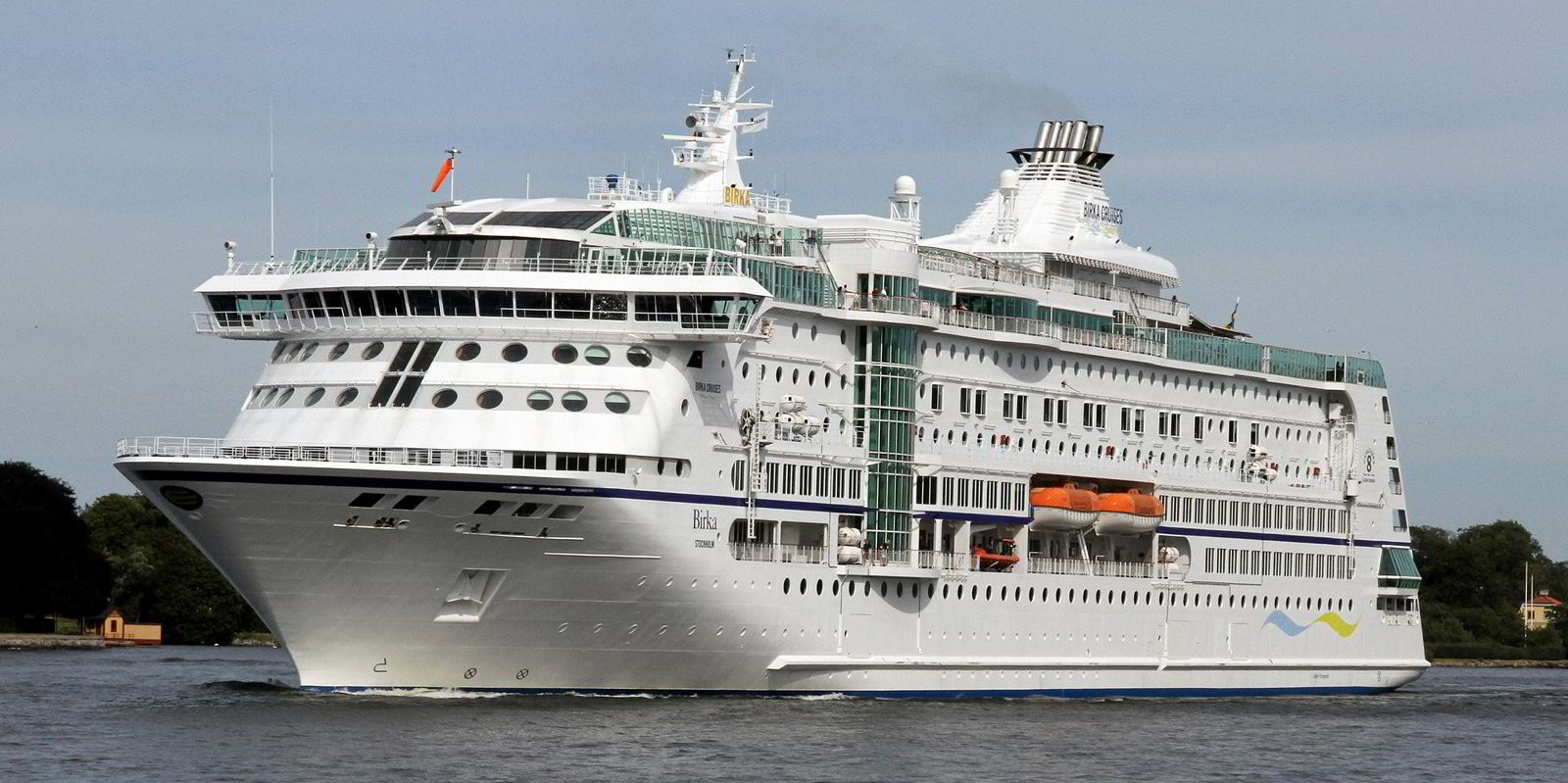Sweden’s Rederi AB Gotland is completing its pivot away from tankers with the sale of its last remaining assets in that ship class.
The company announced on its website on Monday that it is in talks to sell the 50% stake it owns in its last two tankers: the 49,600-dwt Wisby Atlantic and 49,700-dwt Wisby Pacific (both built 2017).
Wisby Tankers, another Swedish entity that holds the remaining 50% stake, is selling as well.
According to the Gotland statement, both owners are in talks with a potential buyer to conclude a deal for the pair at a price of between $42m and $46m apiece.
The announcement comes after reports that a deal has already been concluded.
Brokers based in London, Athens and the US said the two vessels are changing hands for $43.25m or $43.5m each. Some of the brokers believe the ships’ putative buyer is based in the Middle East.
Both the Wisby Atlantic and Wisby Pacific have been on charters to Stena since November 2020, at $15,750 per day.
Managers at part-owner Wisby Tankers did not respond on Tuesday to a request for comment.
The sale does not come as a surprise. Gotland has already sold all the tankers it fully owned and has spoken of its intention to divest its part-owned oil carriers.
The company parted with its four fully owned tankers late last year, raising an estimated $74m in the process. A sale of its 50% stake in the Wisby Atlantic and Wisby Pacific would bring the company’s total proceeds to the vicinity of $120m.
Most of these tankers have gone to Asia.
The 53,100-dwt MR Gotland Marieann (built 2008) has been renamed New Jupiter and is now listed with China-based Grand Yang Shipping.
The sister ship Gotland Aliya and the one-year-older Gotland Sofia have been renamed Royal Jasmine and White Peach, respectively. Their current ownership is not clear but they are managed by Bernhard Schulte Shipmanagement out of India.
A European buyer, Germany’s Chemikalien Seetransport, has been behind the deal for the company’s fourth tanker — the 53,200-dwt Gotland Carolina (renamed Chemtrans Carolina, built 2006).

Out of tankers, into hydrogen
Gotland set up Gotland Tankers as a standalone oil carrier subsidiary in 2010. The company had 14 product carriers at the time.
The company known in Swedish as Gotlandsbolaget, however, has decided recently to fully concentrate on passenger shipping — the business it has been active in throughout its history since the 1860s.
As part of that strategy, the Swedish company is not just selling tankers but some of its older ropaxes as well.
On 31 March, it confirmed offloading its smallest and second-oldest such ship, the 6,554-gt HSC Gotlandia II (built 2006).
On 2 April, Golden Star Ferries confirmed being the buyer — one of several Greek companies that have bought ageing passenger vessels from northern Europe lately.
Neither Gotland nor Golden Star Ferries disclosed the price of the transaction but VesselsValue reports the ship changed hands for $7.2m.
“As we’re developing innovative ships moving with hydrogen, we don’t see the Gotlandia II as having a role to play within the group,” the company’s chief executive Hakan Johansson said.

The company is expanding in bigger and more modern vessels instead.
When it comes to ferries, Gotland has been counting on vessels such as the 32,477-gt Gotland (built 2019) and 32,477-gt Visby (built 2018) instead — dual-fuel ships that can operate on LNG or biofuel.
Jumping into cruise
On 27 March, the company also announced it was taking a jump into the cruise market with the purchase of the 34,924-gt Birka Stockholm (built 2004, refitted in 2019) for about €38m ($41.5m) from Finland’s Rederiaktiebolaget Eckero.
As part of its “Destination Zero” carbon strategy, the company has presented concepts for two innovative vessels.
The first is the Gotland Horizon X, which is to become the world’s first large-scale, hydrogen-powered catamaran ship. The second is the Gotland Horizon, which would become Sweden’s first large-scale hydrogen-powered ship for transporting both passengers and cargo.
Gotland aims to order the Gotland Horizon by 2025, with a view to taking it into service by 2030.
In December last year, shares in the company began trading on Nasdaq’s First North Growth Market.





